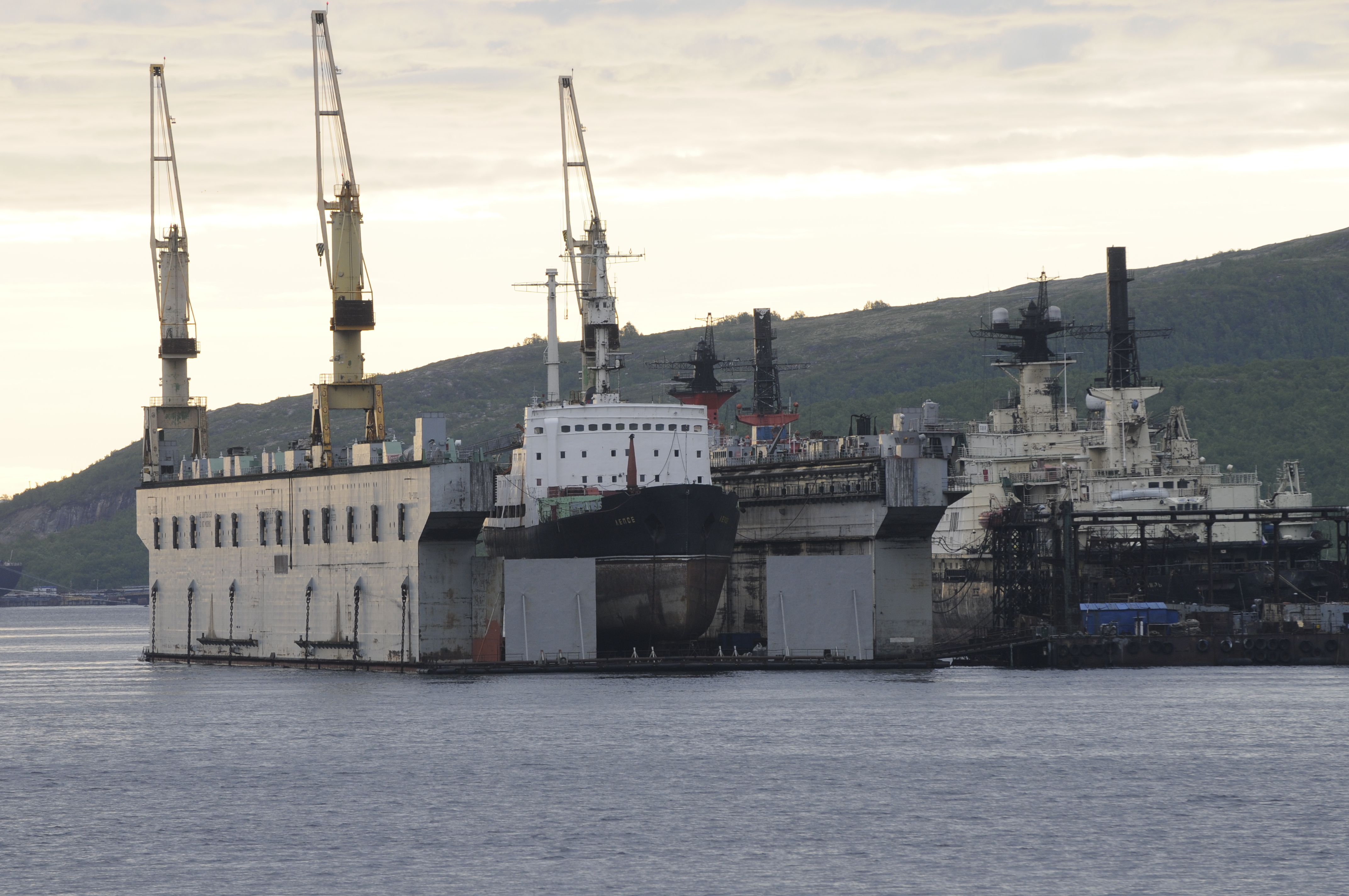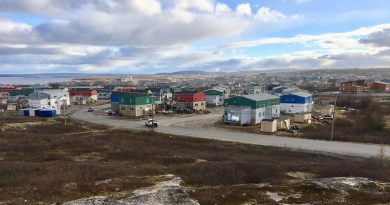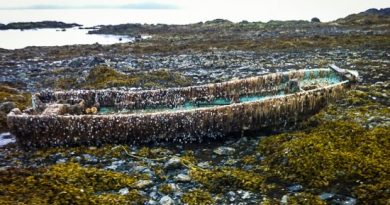Work begins to remove nuclear waste from old Russian ship in Murmansk

The compartment with hundreds of partly damaged spent fuel elements is taken into a shelter to minimize the risk in case of radioactive leakages.
It is a milestone for nuclear safety clean-up on the Kola Peninsula (northwest Russia). Though, the removal of the spent nuclear fuel elements from the storage compartment from Lepse will take time. The work is, to say it mildly, a high risk operation involving uranium fuel so radioactive it could cause lethal dose to workers if something goes wrong.
“Preparatory work for this stage of the disposal of Lepse has been underway for the last two years,” Chief Engineer Georgy Neyman of the Nerpa shipyard told Komsomolskaya Pravda.
“A protective shelter is built,” Neyman said.
Phase one of the work, which started last week, is removing the 620 fuel elements believed not to be damaged. The elements will be loaded over to special casks for shipping to Atomflot service base in Murmansk. From there, a special train will take the casks to Mayak reprocessing plant in the Chelyabinsk region in the South-Urals.
The work ahead is the most demanding. Cutting out the radioactive elements is done by using robotics. Inside the shelter, humans should spend as little time as possible.
“The time intervals during which a person can be in the presence of ionizing radiation are strictly observed,” Oleg Khalimullin, deputy chief engineer at Nerpa shipyard said in an interview with the news portal of Bellona. The environmental group in Murmansk has for 25 years worked on promoting a safe disposal of Lepse.

In the early 1990s, the plan was simply to tow the aging storage ship to Novaya Zemlya in the Russian Arctic and dispose of it in the permafrost near the shore.
With radionuclides onboard estimated to be some 28,000 TBq (750,000 Curie), or nearly half the release of the Cesium-137 isotope that contaminated half of northern Europe following the 1986 Chernobyl disaster, the Lepse was a looming threat to people and nature around Murmansk.
Lepse was built in 1936, sunken during World War II, lifted afterwards and used as a radiological support vessel for the Soviet Union’s first nuclear powered icebreaker, Lenin from 1962. After a coolant accident with one of the three reactors on Lenin in 1966 some few hundreds of the spent fuel rods were lifted over to the storage compartment to Lepse. Radiation levels were high and a “sarcophagus” was built over by filling cement.
Both neighbouring Norway and the European Union have financially and technically assisted Russia with securing the nuclear waste ship and preparing for the work now started.
Expenses for the shelter and robotics are co-financed by the European Bank of Reconstruction and Development.
If all go in accordance with schedule, removing the nuclear fuel from the compartment should be completed next year.
Related stories from around the North:
Finland: Finnish gov grants operating license to third Olkiluoto nuclear reactor, Yle News
Norway: Rising nuclear activity in Arctic Europe prompts Norway to update disaster plans, The Independent Barents Observer
Russia: Floating nuclear plant’s reactors tested at full capacity, The Independent Barents Observer
Sweden: How Stockholm’s biggest solar cell complex came to be, Radio Sweden



